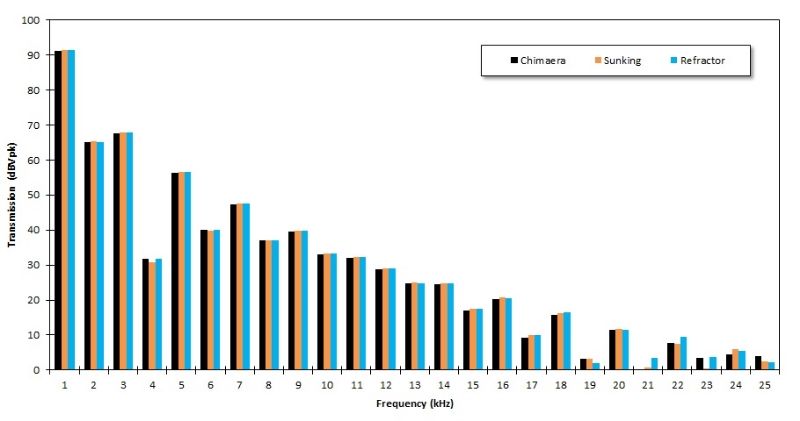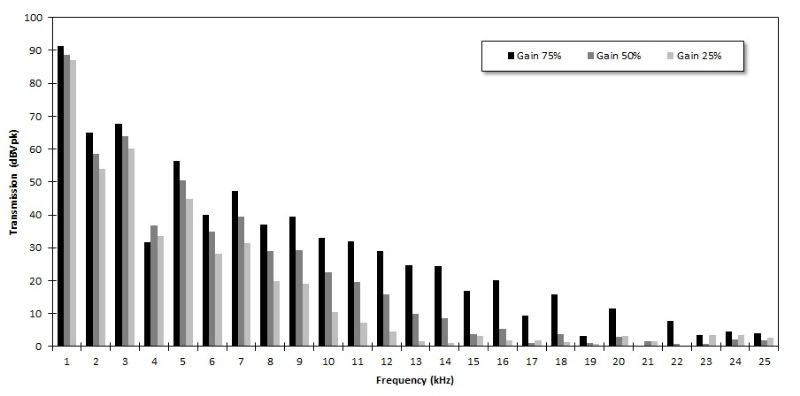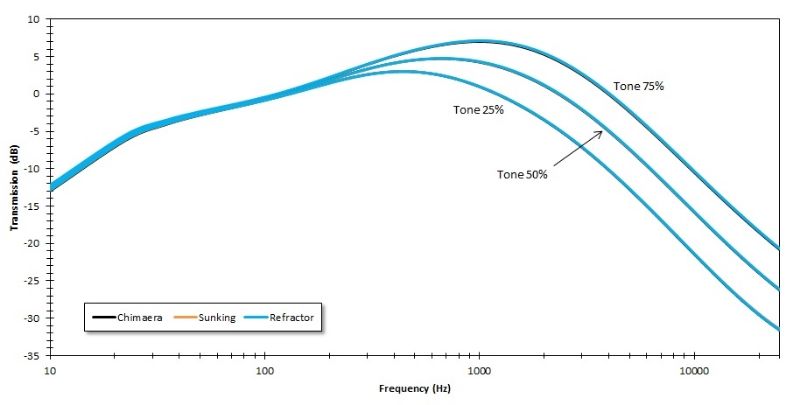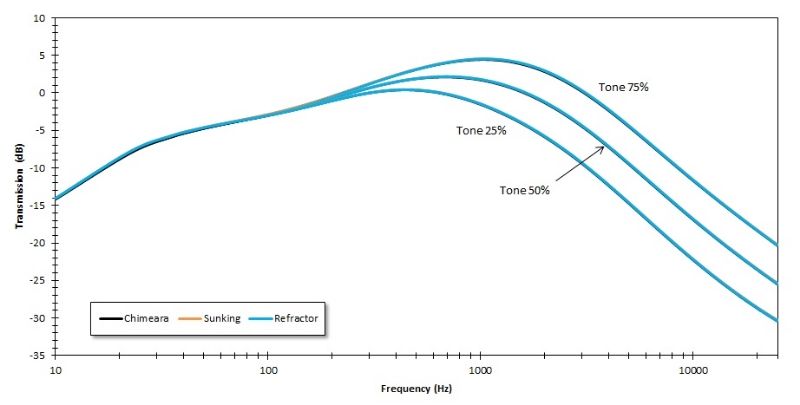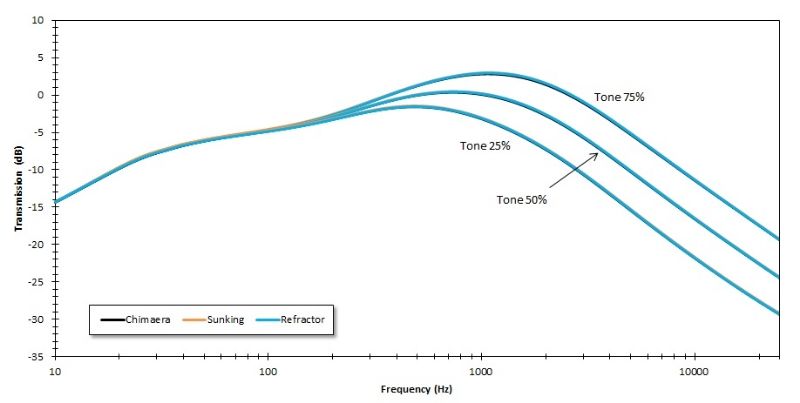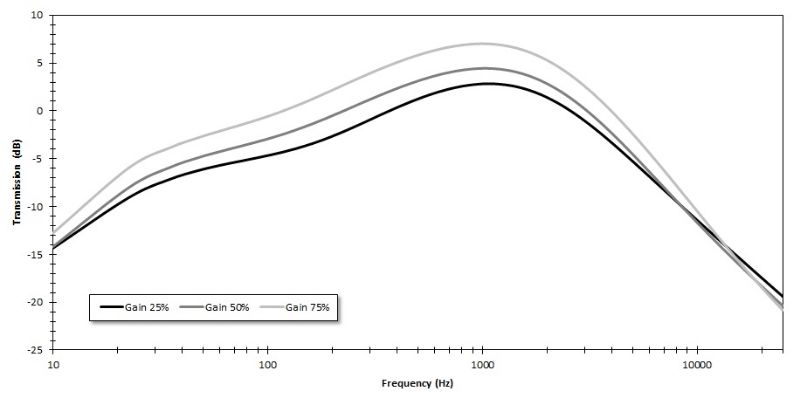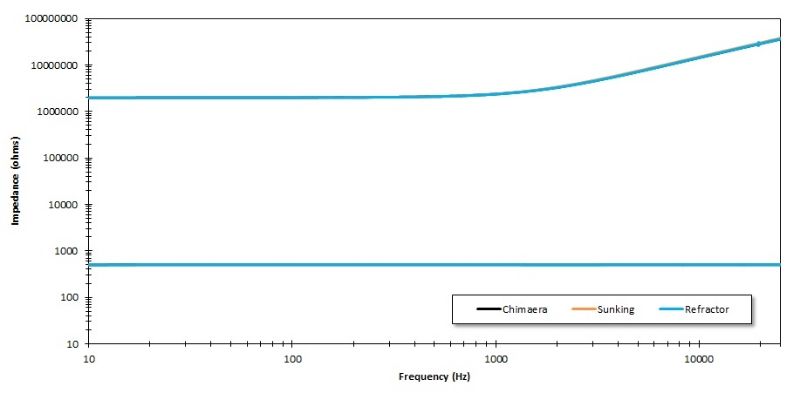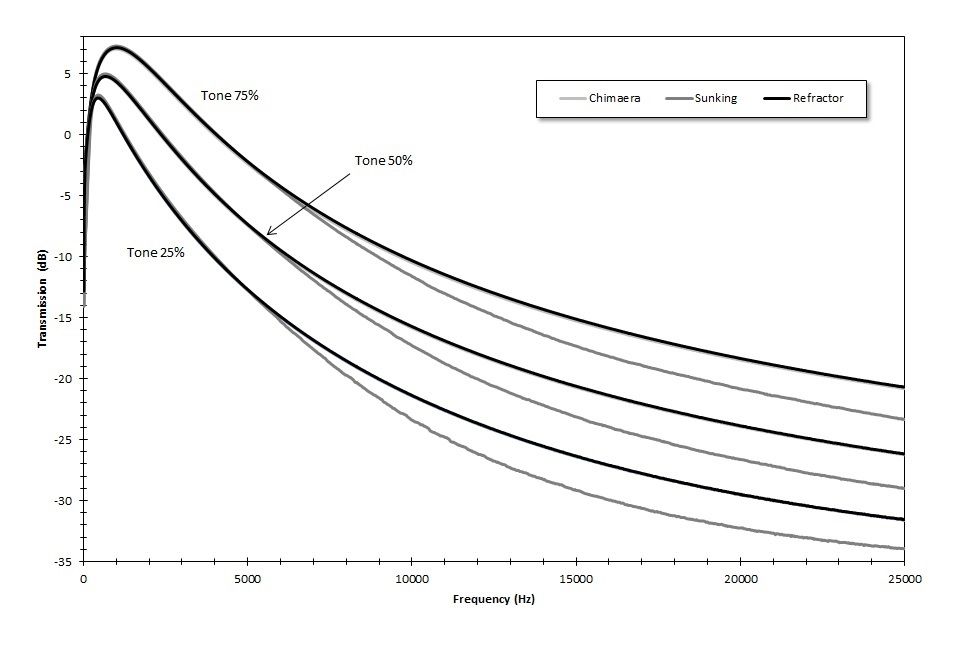Alan, I have a few other data sets for some of my overdrives but no fuzz. I'll try and get some of these together later this week. I can tell they are wildly different. My favorite modified lavache is especially interesting in that it has a flat frequency response and very strong second order harmonics. Cool sound.
Sdlogan I haven't done the ktr or the Klon yet. We are still working that out so stay tuned in the next few weeks for some really interesting stuff!
Keefe I am thinking of a namm far in the future and hearing "yeah he basically wrote the book on unicornocide" haha I love this hobby.
Rej dear god where did you get that ice spear?! Don't see those around these parts. Does that really hang off of stuff? That could kill you! Did you get a chance to try that resistor swap? I am on vacation right now but am going to test this out first thing in Monday. I sold a klone to a guy with a real Klon many years ago and he described that exact discrepancy with the treble response between the two.
Mkresol, yes definitely. CJ and I were just screwing around and poking fun at HAD and his ridiculous video with that crazy Kaiser fellow. I think if I really tried to put a pedal in our xrd the operator would throw a fit! Lol.
Sdlogan I haven't done the ktr or the Klon yet. We are still working that out so stay tuned in the next few weeks for some really interesting stuff!
Keefe I am thinking of a namm far in the future and hearing "yeah he basically wrote the book on unicornocide" haha I love this hobby.
Rej dear god where did you get that ice spear?! Don't see those around these parts. Does that really hang off of stuff? That could kill you! Did you get a chance to try that resistor swap? I am on vacation right now but am going to test this out first thing in Monday. I sold a klone to a guy with a real Klon many years ago and he described that exact discrepancy with the treble response between the two.
Mkresol, yes definitely. CJ and I were just screwing around and poking fun at HAD and his ridiculous video with that crazy Kaiser fellow. I think if I really tried to put a pedal in our xrd the operator would throw a fit! Lol.

 ).
). 